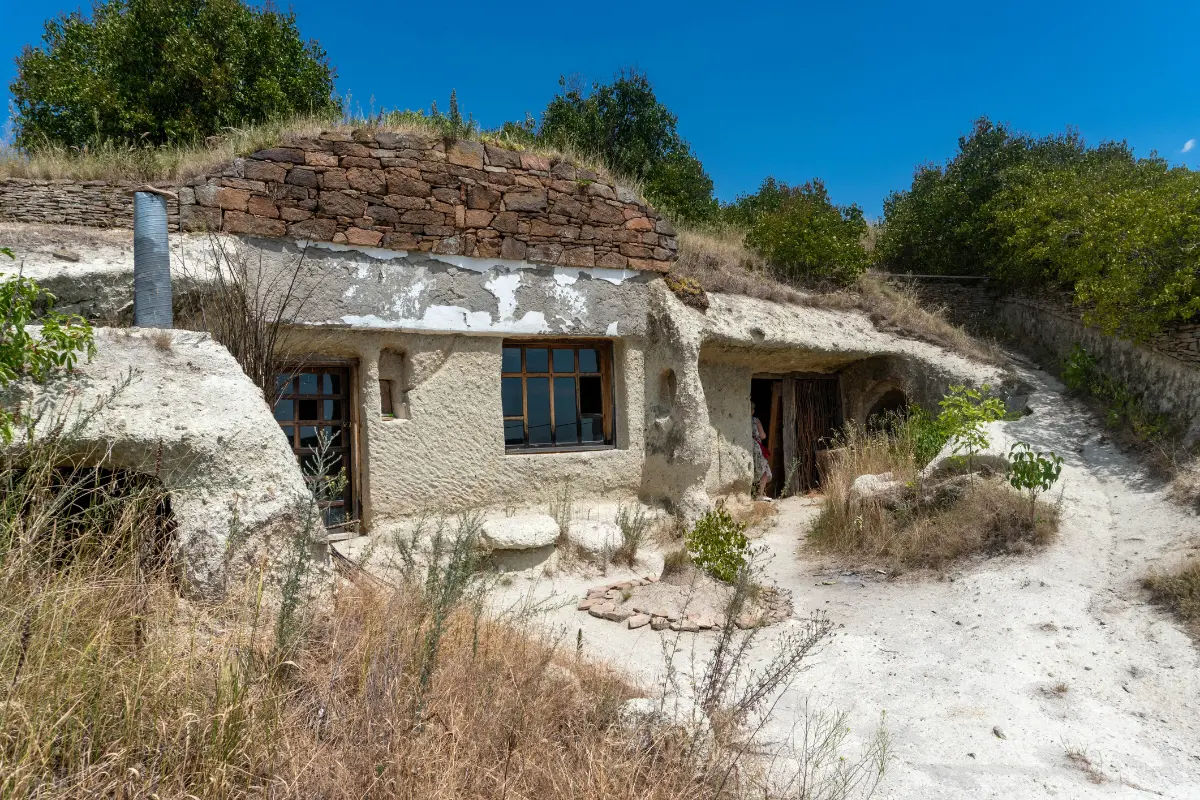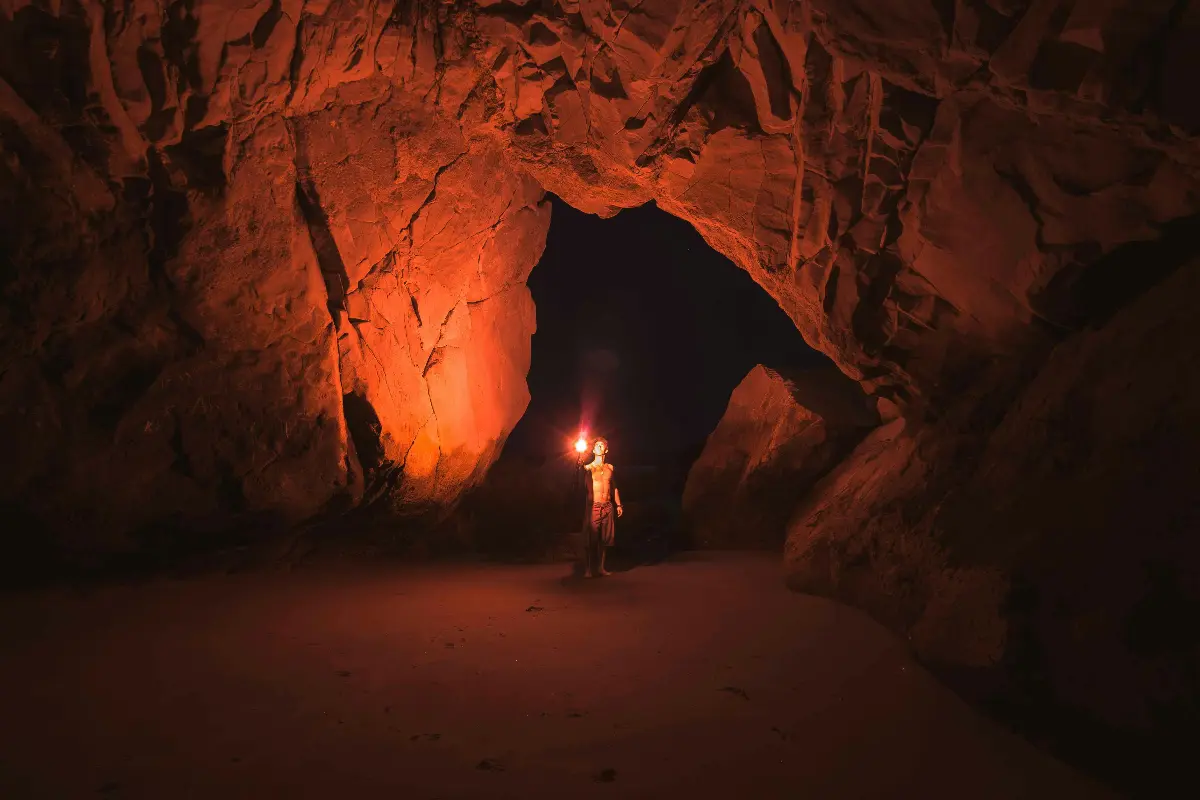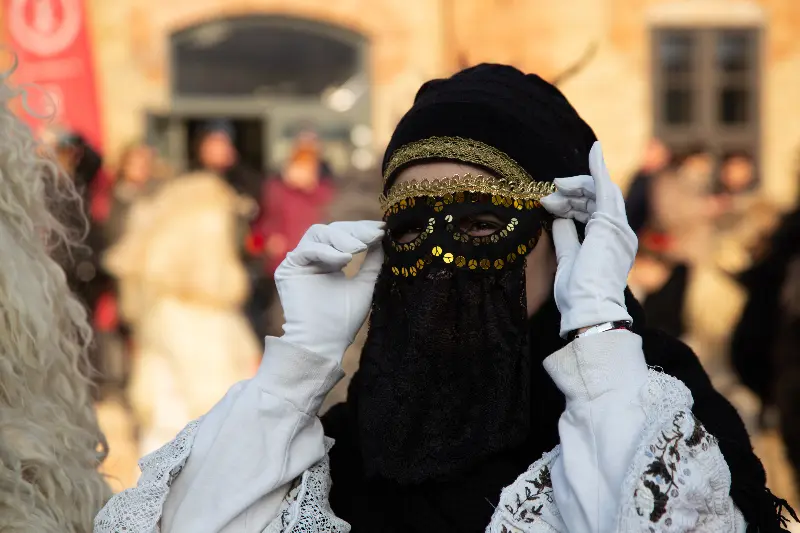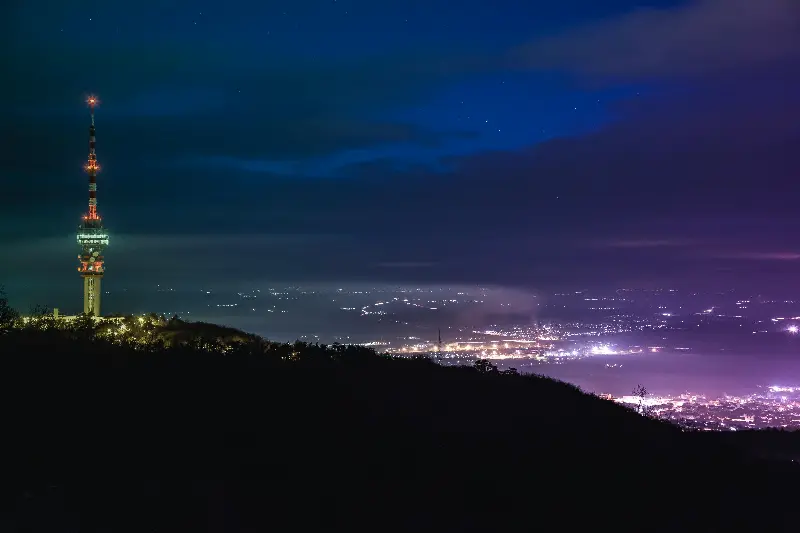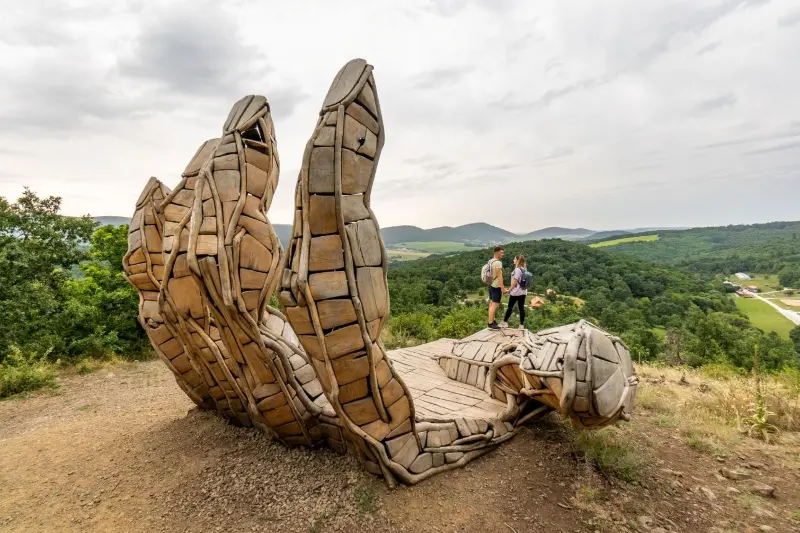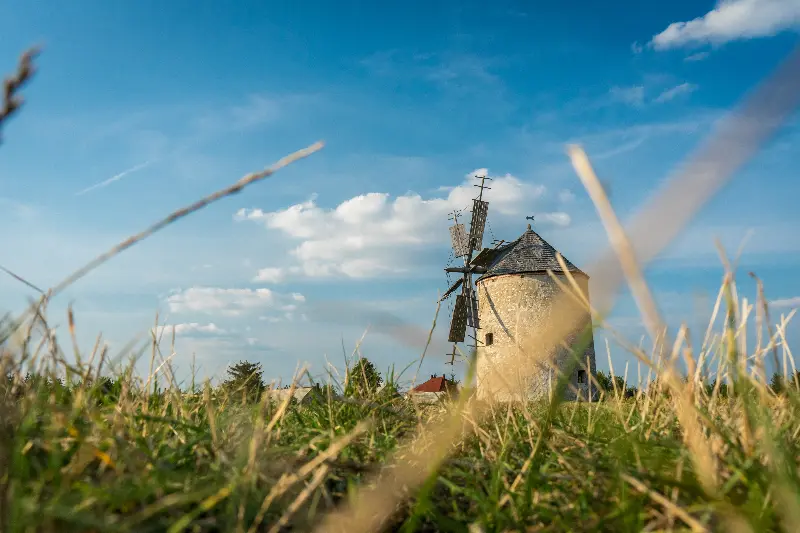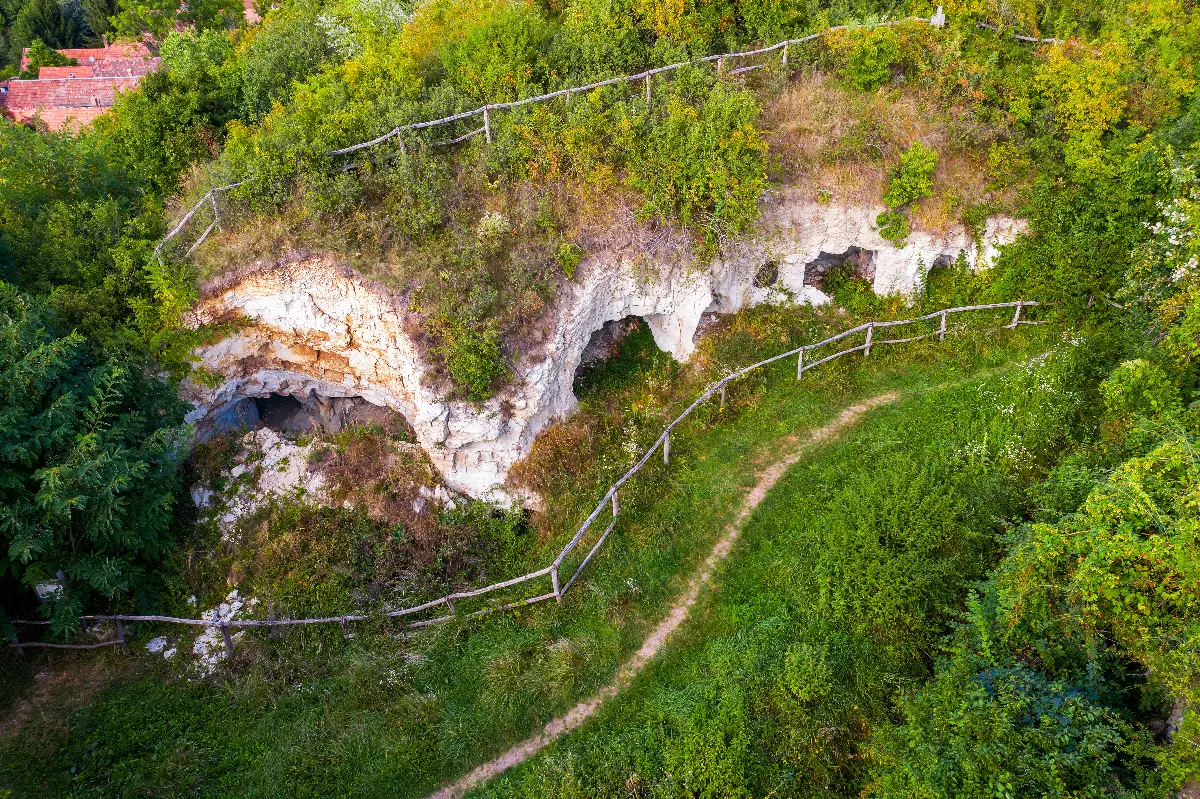
Helyszín címkék:
The Suba-lyuk (Suba-hole) cave – in search of the Neanderthal man
Uzonyi Nóra
Time travel to the Triassic period
Thanks to the precise work of archaeologists, we now know that the cave near Cserépfalu (Heves county) was inhabited by Neanderthal men 71 or 61 thousand years ago. They probably came here to escape from the cold, as the Earth was going through one of its coldest, icy periods at the time. If Sid, Manny and Diego from the Ice Age movie had peeped into the cave, they would have seen that our ancestors roaming on two feet were primarily hunters, and in their spare time they made tools from obsidian they collected from the Zemplén Hills.
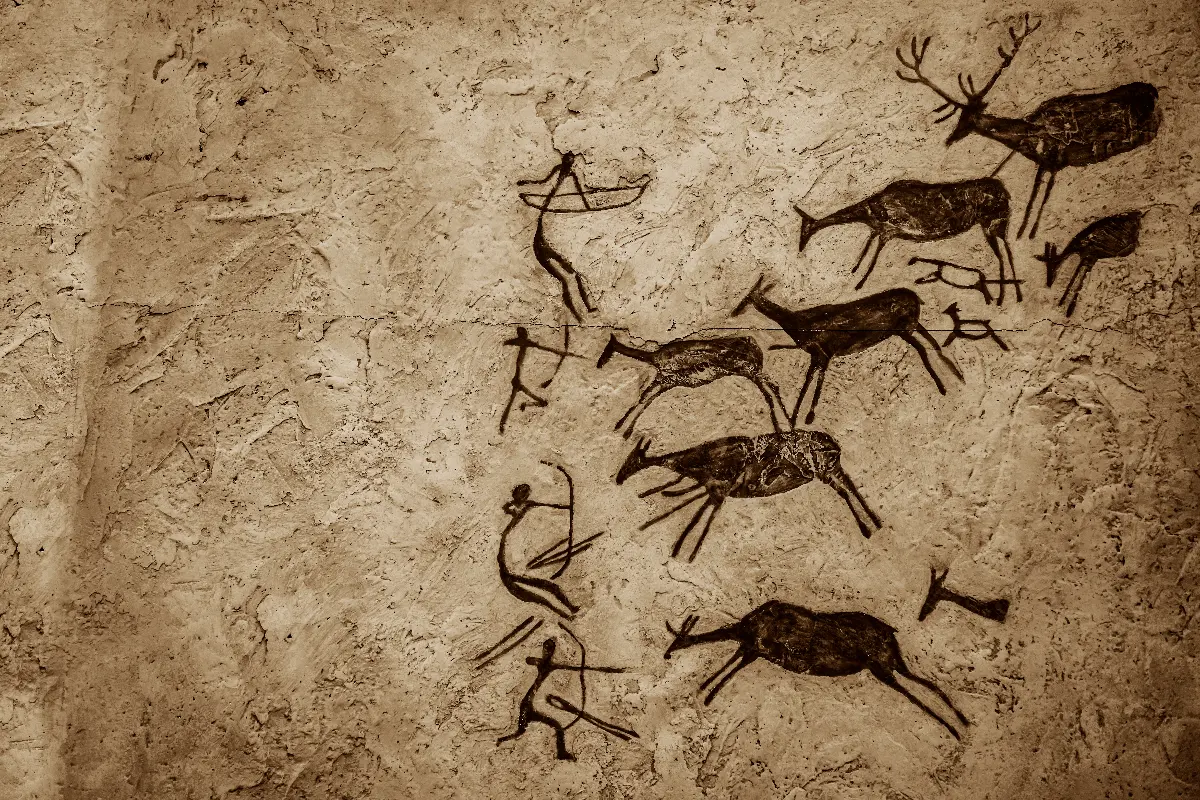
The Suba-lyuk cave: a climbing adventure
The starting point of the 5,9 kilometres long hiking trail is just next to Cserépfalu; the cave is marked with a small sign. This is the spot where from – as we look up the steep staircase (thank goodness it exists now, there weren’t any steps a few years ago!), – we are greeted by this pure sense of adventure. Fortunately, there are plenty of handrails to hold on to, including tree trunks. After about 15 minutes of climbing and multiple sighs, we arrive at the limestone cave, which is classified as a highly protected area and welcomes hikers at its 7x7m oval entrance. This is such a place where it's worth to wake up the imagination to wonder about what it could look like when our ancestors tried to light a fire after a succesful hunt, thousands of years ago.
The cave is 50 metres long, and it's well worth to walk up to the back end, where you can enjoy a stunning view of the Hór Valley. If the cavemen had had coffee, they would have certainly sipped their morning dose while admiring this panorama. Important information: the walls of the funnel are mostly made of debris, so for the sake of your physical well-being, don't go into Spider-Man mode here: for that, you've got wall climbing, a great activity!
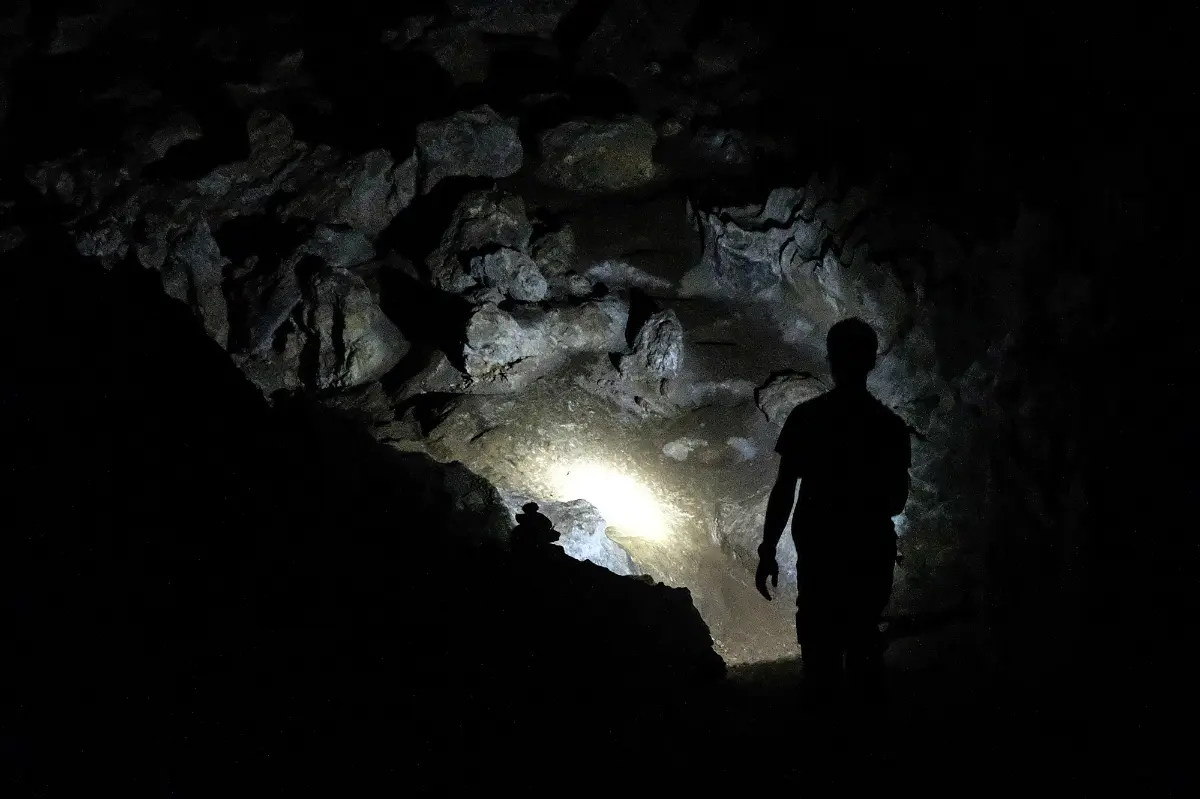
Up you go, down you go
Getting up to the Suba-hole cave takes some effort but getting down is perhaps even more exciting. Be sure to leave behind all the haste and impatience and start your descent with small steps, constantly holding on, so you don't have to accidentally nose-dive because of a misjudged move. Of course, we don't want to scare anyone: the route to the cave is much easier to climb than for example the Rám-gap (Rám-szakadék). However, it is always a good idea to change your footwear for durable sneakers or hiking boots before setting off.
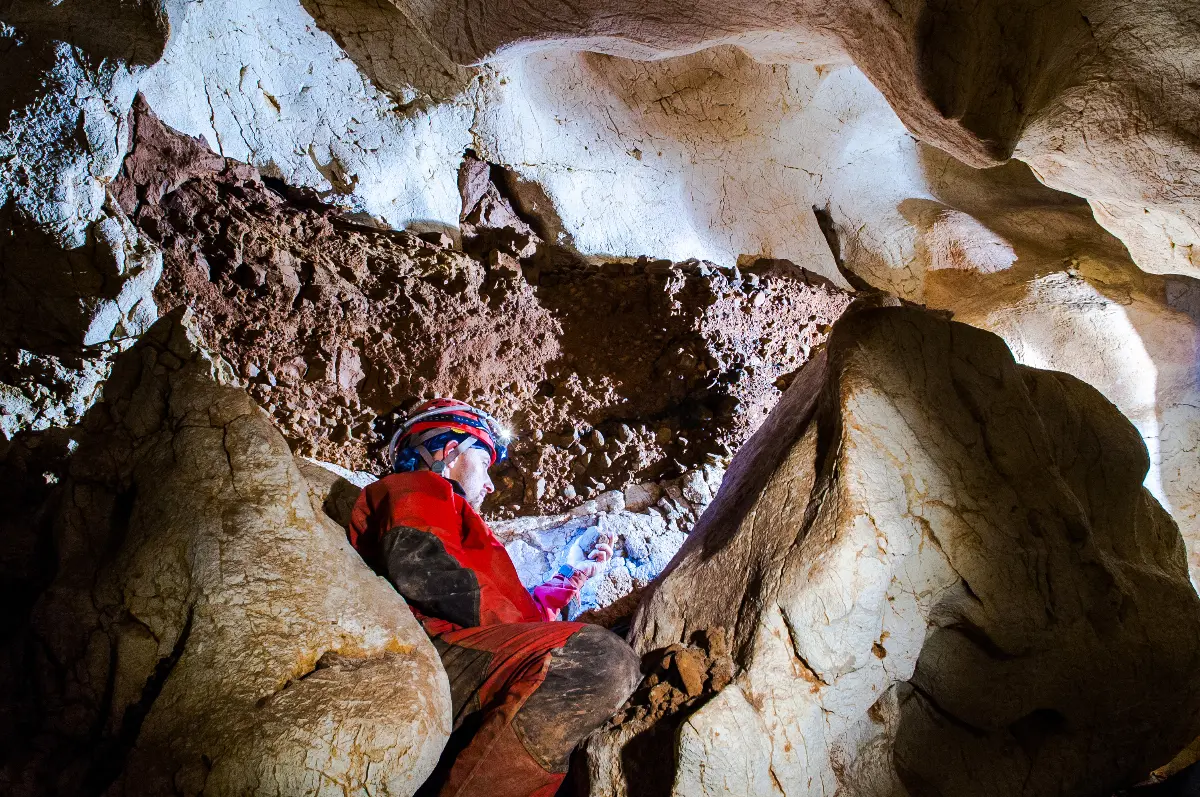
And what does 'suba' mean?
There isn't a 100% confirmed answer yet, however the most likely hypothesis is that the cave was named after a man called Mihály Suba. He was a real rogue, that's for sure; quite literally, and it's also possible that his name was not Mihály, but Lukács... Interesting fact; between 1932 and 1945, the cave was temporarily called the Mussolini Cave, and later it was referred to as the cave of the Hór Valley.
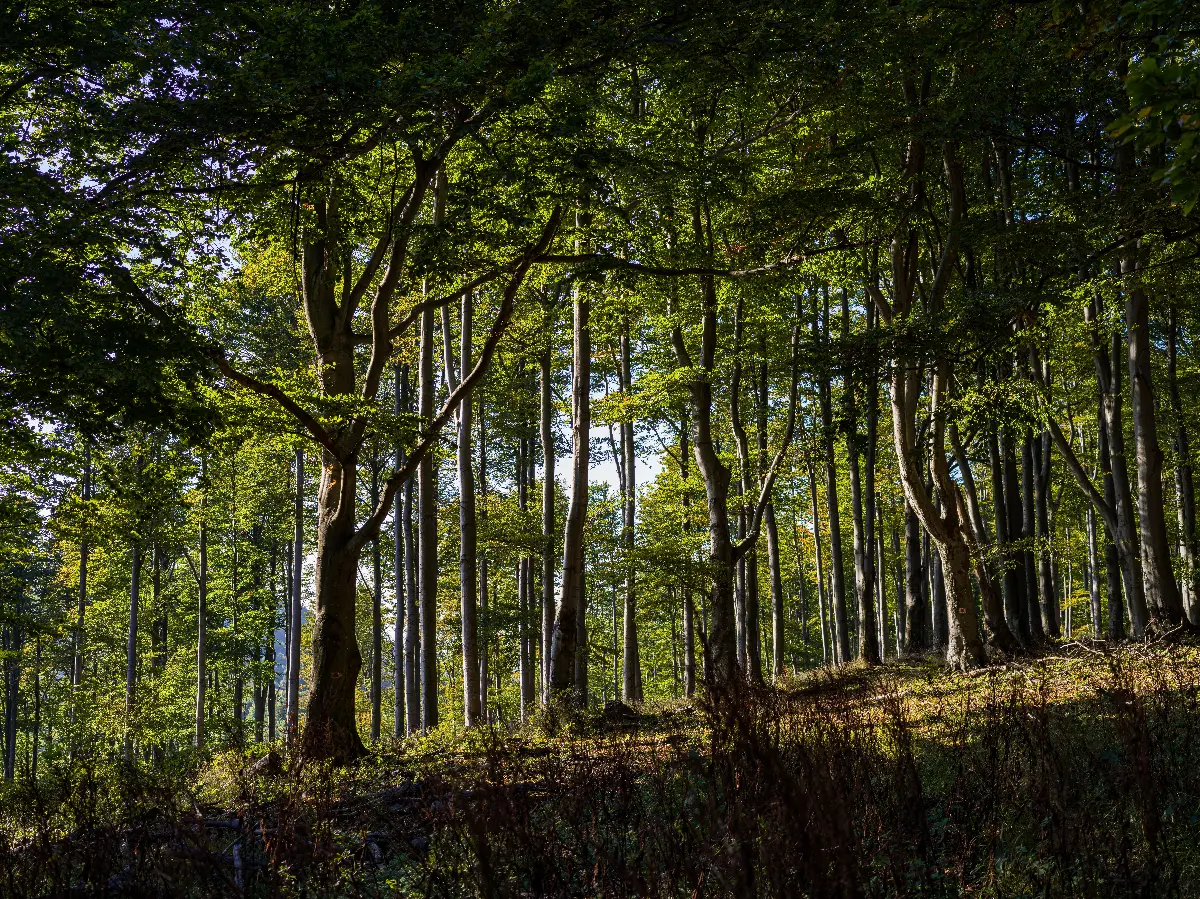
Tips in case of further cultural and culinary cravings
Close to the trail, the Suba-hole Museum and Visitor Centre are located in Cserépfalu which is worth a short tour. Unfortunately, you won't find original Neanderthal bone remains here, but you can see exact replicas. Geological foundations of the Bükkalja stone culture are also presented.
Even though 6 kilometres of hiking is not much, but it's enough to make you hungry afterwards. There are several restaurants in the nearby village of Noszvaj, and if you're still in the mood of wandering around after the gastro pause, you can visit the De La Motte castle and the Cave Huts.
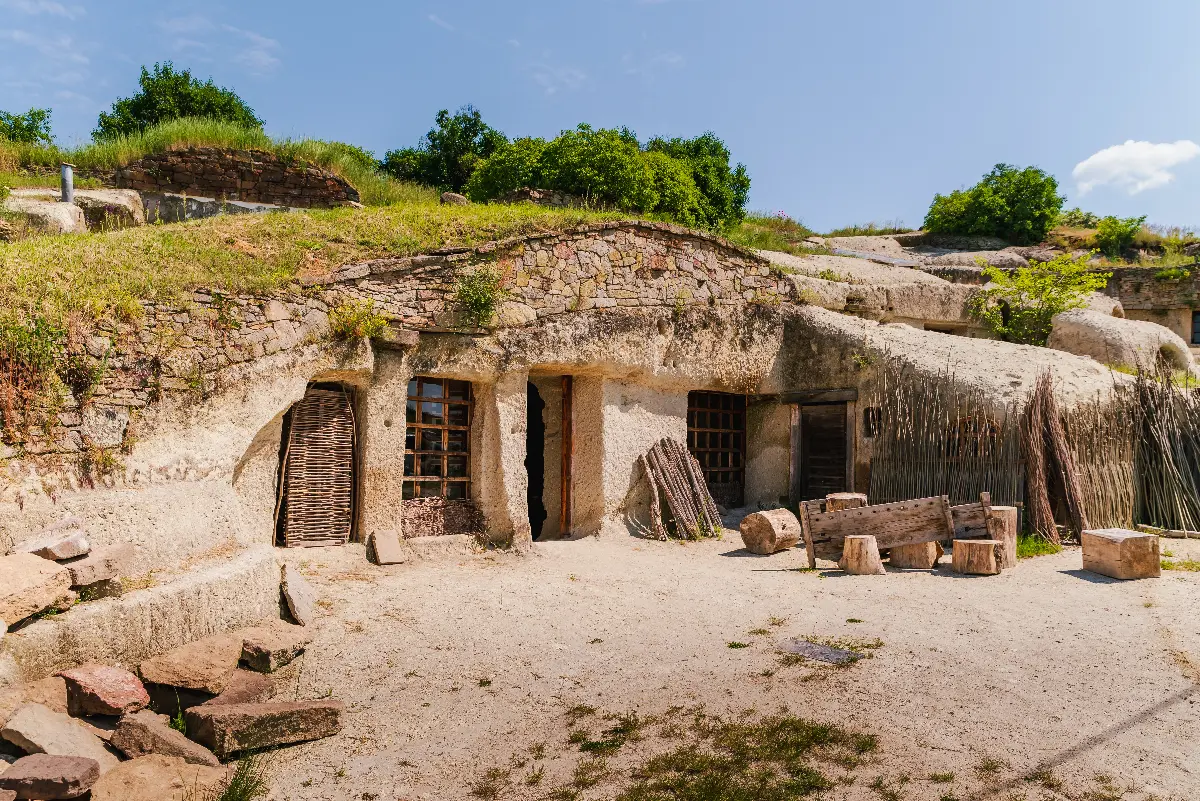
If you have more time, you can also head to Eger, where, besides the castle-basilica-minaret trio, a real culinary experience also awaits you. Our map has several great places to visit, and the filters make it easy to find the best gastronomic attractions for You.
The Suba-hole cave and its surroundings are an ideal destination for families (6–8-year-old children can easily take the trip) and also for groups of friends.
